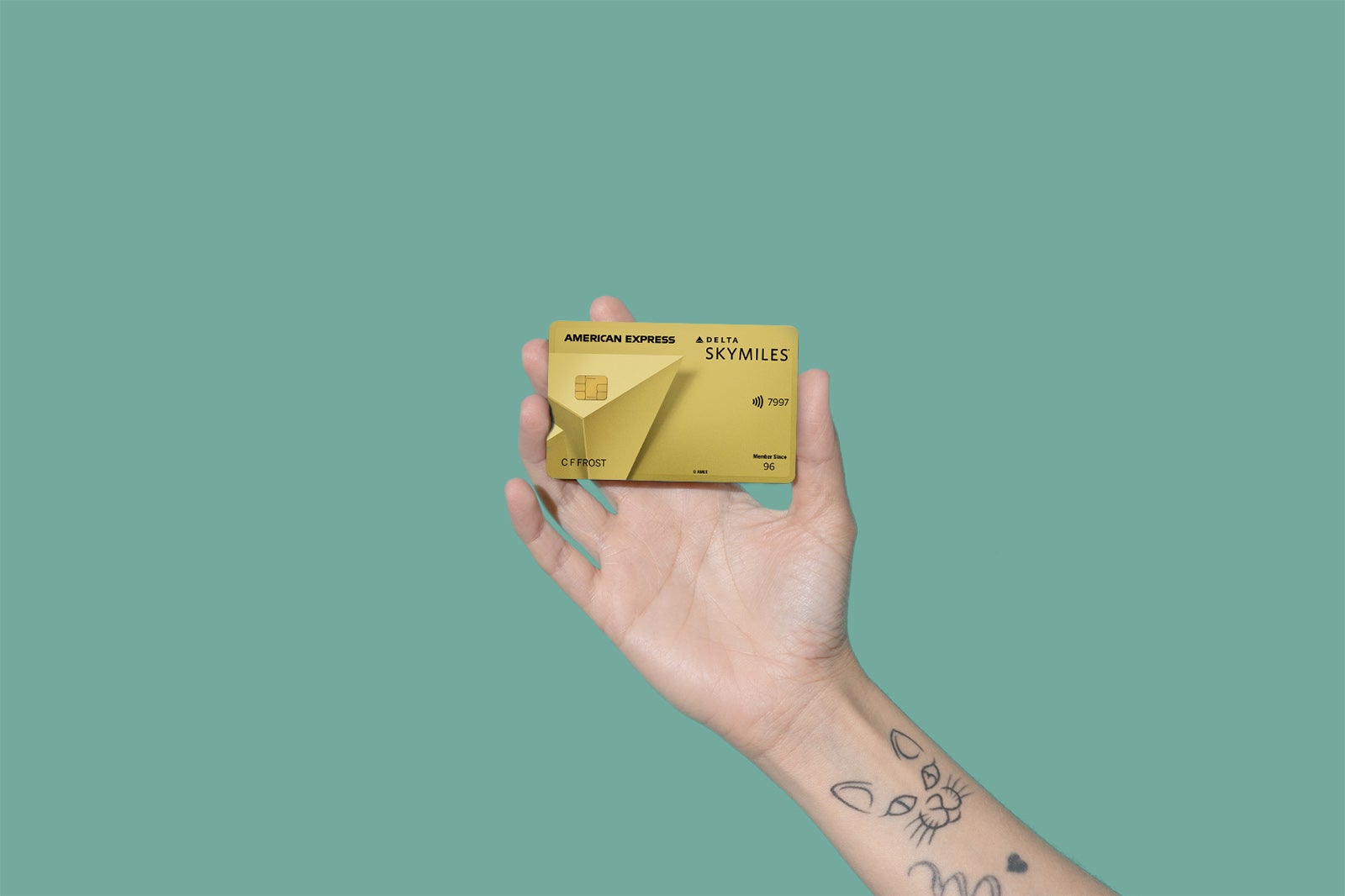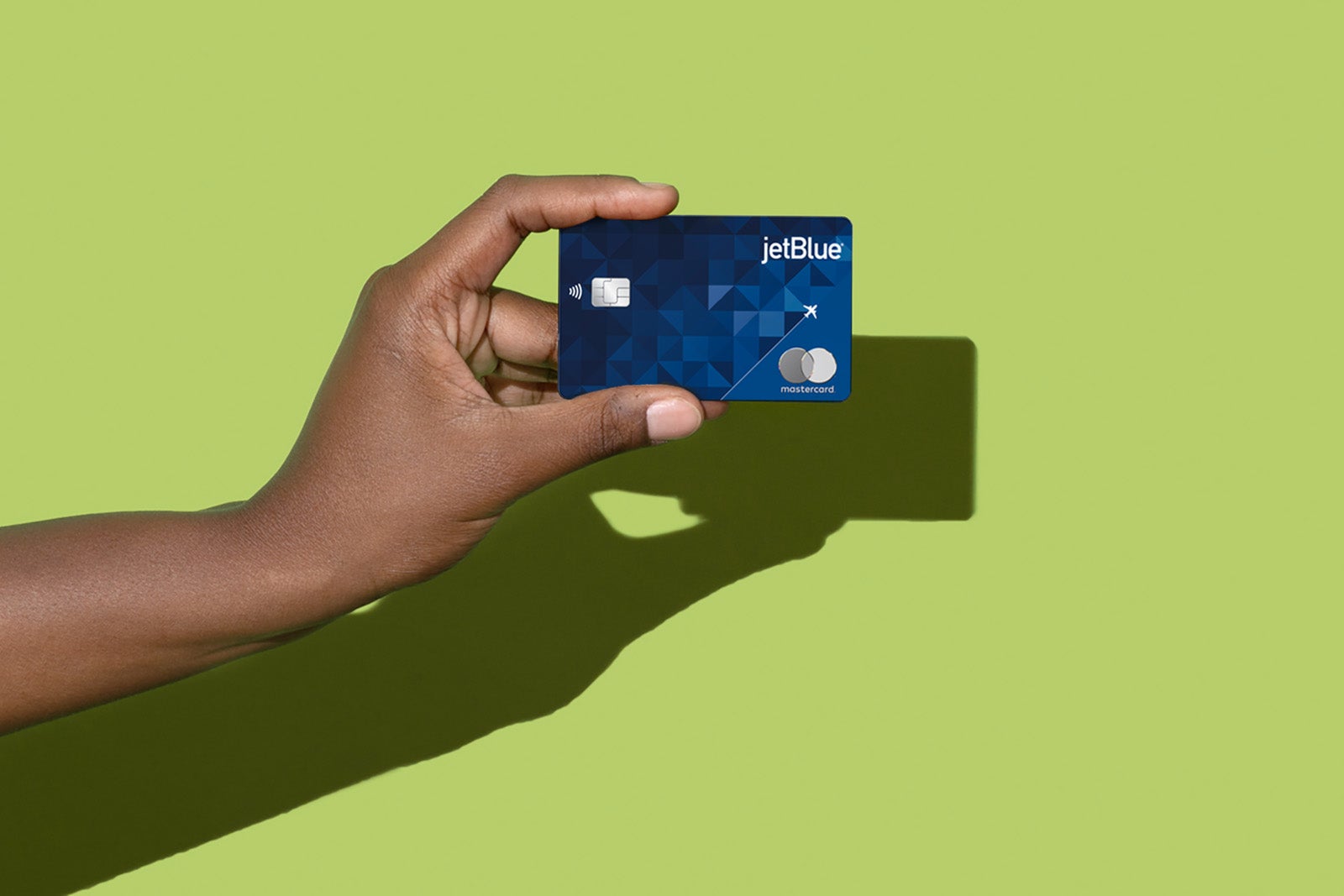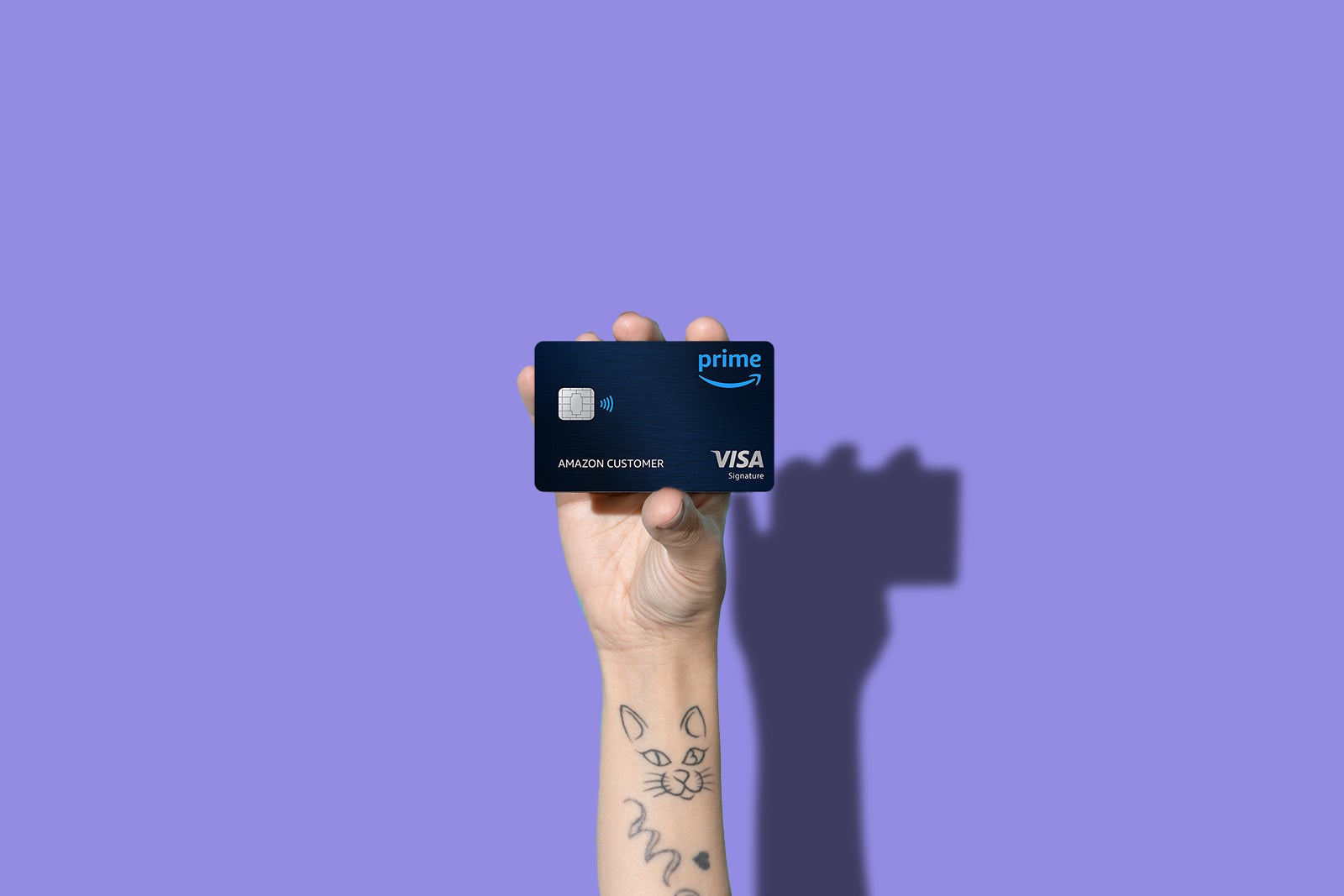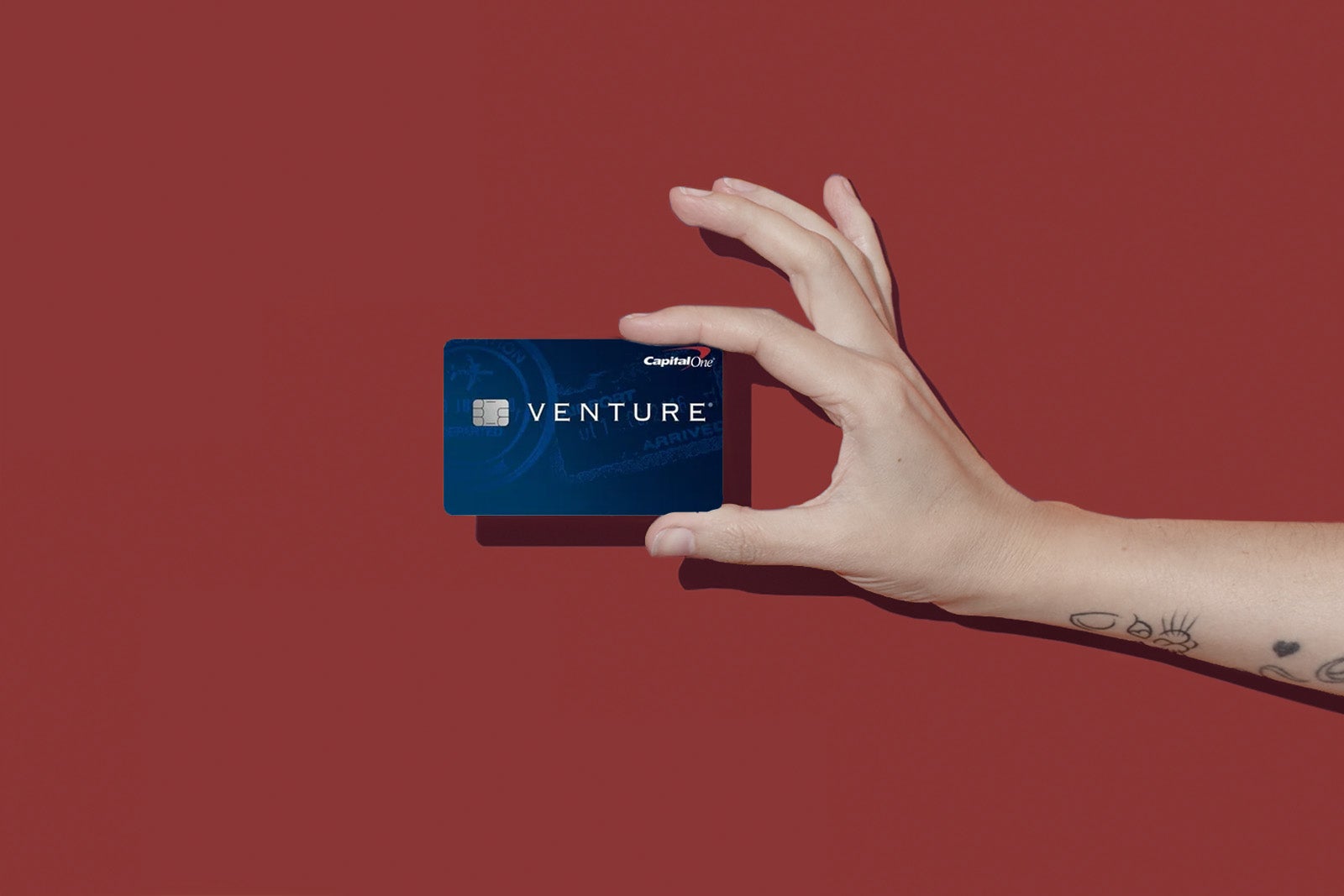A question I was often asked as a recent college grad was why I had multiple credit cards. The answer was that I had stumbled across the world of points and miles and discovered The Points Guy in my efforts to learn more about travel credit cards during college. I was amazed by all the opportunities for (almost) free travel I could unlock just by owning the right cards.
Between classes, work and other commitments, I struggled to find the time (and money) to travel as a college student. However, after studying abroad in Paris, I wanted to continue traveling without breaking the bank — which led me to build my credit card portfolio at a young age.
If you’ve just recently graduated, this is the perfect time to get your bearings with credit cards and personal finance. There’s a learning curve for everyone, so I’ll take you through my journey of the first five credit cards I opened. With several years of experience now, I’ve been able to take some awesome trips that I completely paid for with points and miles.
Related: Maximizing points and miles on back-to-school shopping
My First card and first mistake
In 2016, I entered my first year in college. I opened my first credit card, the Wells Fargo Cash Back College℠ Card (no longer open to new applicants), which featured a $0 annual fee and 1% back on all my purchases.
This was the easiest card for me to open, as I had no credit history and had already been banking with Wells Fargo for years. I used my first credit card sparingly, only putting my phone bill, gas and other school-related expenses on it.
Then, during the summer of 2017, I studied abroad in Paris. This was the first time I had flown internationally by myself and also my first time in Europe. In those glorious six weeks, I learned that a 50-cent baguette with lots of butter makes for a delicious lunch (while keeping my taste buds and my wallet happy) and that comté cheese is the best cheese in the world.
The information for the Wells Fargo Cash Back College card has been collected independently by The Points Guy. The card details on this page have not been reviewed or provided by the card issuer.
While eating to my heart’s content, I also made one of the biggest mistakes I could ever make. I didn’t know what foreign transaction fees were, so I paid a hefty amount using a debit card and my Wells Fargo credit card. The fees ranged from 1-3% on every purchase I made, so I wasted quite a lot of money that summer.

Daily Newsletter
Reward your inbox with the TPG Daily newsletter
Join over 700,000 readers for breaking news, in-depth guides and exclusive deals from TPG’s experts
As a credit card newbie, this was quite the rookie mistake. But all things considered, no study abroad experience is complete without a couple of mishaps along the way.
The information for the Wells Fargo Cash Back College card has been collected independently by The Points Guy. The card details on this page have not been reviewed or provided by the card issuer.
Related: Every student studying abroad needs one of these credit cards
Getting started with my first airline rewards card
Fueled by my desire to keep traveling and to find a card with no foreign transaction fees (see rates and fees), I applied for the Delta SkyMiles® Gold American Express Card in 2018. Currently, the Delta Gold Amex has a $0 introductory annual fee for the first year, then $150 each year after (see rates and fees), but when I first applied the card had a $0 introductory annual fee, then $99 a year — and offered great perks: I was drawn to the introductory offer, which at the time was 60,000 miles.
However, I had to consider paying an annual fee for the first time. I justified paying a $99 annual fee (at the time) since I saved more than $300 on checked baggage fees alone in the first year of account opening. In college, I used my SkyMiles for a fall break trip to Seattle, a winter break trip to South Korea and a spring break trip to Puerto Rico.
The Delta Gold Amex currently offers a limited-time welcome offer of 65,000 bonus miles after you spend $3,000 in your first six months of account opening (offer ends July 17), worth $748 according to TPG’s June 2024 valuations. Other benefits, such as the ability to check a bag for free and access priority boarding on Delta flights, were enticing, too.
Related: Valuable travel discounts and deals for college students and young adults
Opening my second airline rewards card
While the Delta Gold card served me well, I ran into a couple of frustrations using American Express while traveling internationally. While in Amsterdam, my Amex was denied at many restaurants and bars, so I knew I needed a more universally accepted credit card.
In June 2019, I applied for my third credit card, the JetBlue Plus Card, when I interned at JetBlue Airways. The $99 annual fee was waived for life for employees, even for those of us working at the airline short term. With an introductory bonus of 30,000 TrueBlue points for employees at the time, adding this card to my portfolio was a no-brainer. With this card, I could take advantage of free checked bags, 50% off inflight food and cocktails and more.
While interning for JetBlue, I had full access to standby travel. I took a trip every weekend that summer — I was jet-setting to Los Angeles, St. Martin, Cancun, Albuquerque, New Mexico and so many other amazing destinations. While I didn’t rack up points on these standby trips, I used my new JetBlue Plus Card on all other living and travel expenses to lock in the bonus points.
Post-internship, I was able to redeem those TrueBlue points for trips to Boston, New York and Miami throughout my senior year of college.
The information for the JetBlue Plus Card has been collected independently by The Points Guy. The card details on this page have not been reviewed or provided by the card issuer.
Related: How to choose an airline credit card
Switching gears
In college, I decided to join the Amazon Prime Student program. Over the years, I ordered everything from textbooks to dorm essentials. So, in late 2019, I added another card to my wallet: Chase’s Prime Visa.
Because I frequently ordered from Amazon and shopped at Whole Foods, I figured I should somehow maximize these purchases. After graduating, I used Amazon and this card frequently enough to justify keeping it for the long term. This card offers 5% cash back on Amazon.com and Whole Foods, 2% back at restaurants, gas stations and local transit and 1% on all other purchases.
Finally, you’ll receive decent traveler benefits, such as no foreign transaction fees, travel and emergency assistance, lost luggage reimbursement and more. While I rarely used this card for purposes other than Amazon and Whole Foods, I didn’t see the harm in keeping it beyond college since it carries no annual fee.
Related: The best credit cards for Amazon purchases
Bigger and better travel rewards cards
In my senior year of college, I graduated to my first travel card that wasn’t tied to an airline: The Capital One Venture Rewards Credit Card. While the Chase Sapphire Preferred® Card and the Capital One Venture Rewards are often compared, I applied for the Capital One Venture Rewards because of its simple earning structure.
Both have annual fees of $95 (see Venture Rewards rates and fees), but back when I applied, the Capital One annual fee was waived for the first year. While this is no longer the case, I’ve found tons of value in the card that has helped me justify paying the annual fee since then.
One of the major perks that stood out to me was up to $100 credit for a Global Entry or TSA PreCheck enrollment fee. This has helped me expedite airport security when flying and bypass long lines when returning from international trips.
I also love that it’s easy to rack up miles, as you get 2 miles per dollar on every purchase. The ability to transfer my miles to 15-plus transfer partners makes it a valuable traveler’s card.
Related: Chase Sapphire Preferred vs. Capital One Venture Rewards
Bottom line
If you’ve just graduated, I highly encourage you to get a headstart on your first credit card. If you’re looking to travel for (almost) free, it’s worth opening a beginner’s card to rack up great rewards. While I’ve made some mistakes along the way, it’s crucial to know the fundamental principles of credit card usage and not spend more than what you can pay back in full each month.
To learn more, check out our full reviews of the Delta SkyMiles Gold, JetBlue Plus, Prime Visa and Capital One Venture Rewards.
Related: The beginner’s guide to points, miles and credit cards
Apply here: Delta SkyMiles Gold
Apply here: Prime Visa
Learn more: Capital One Venture Rewards
Related: Why the Citi Rewards+ is great for college students
For rates and fees of the Delta SkyMiles Gold card, click here.





